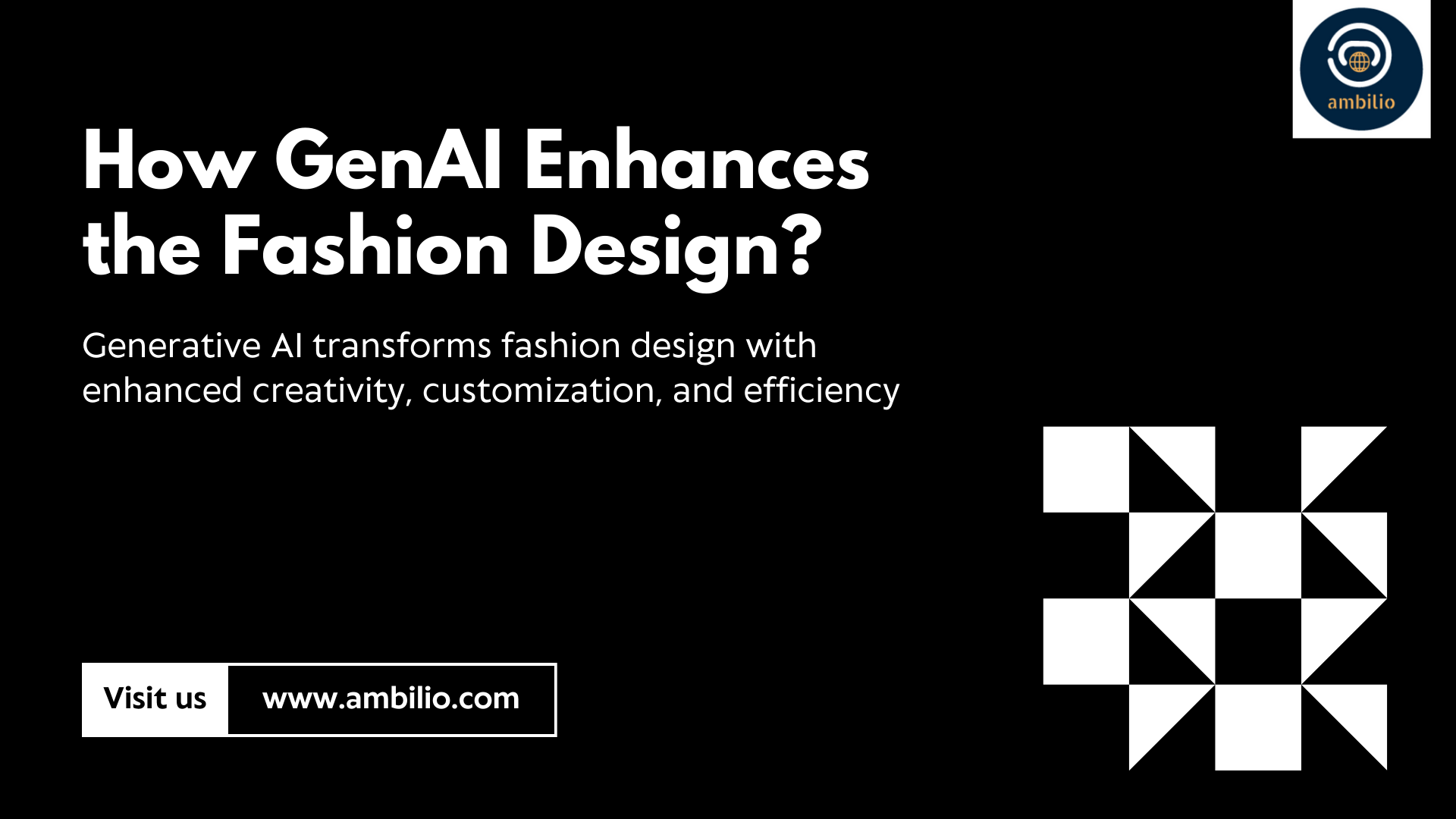The fashion industry is a dynamic and fast-paced domain that constantly evolves with new trends and consumer preferences. Designers and brands are continually seeking innovative ways to stay ahead of the curve and deliver products that resonate with their audience. Generative AI, a subset of artificial intelligence, offers a powerful set of tools that can revolutionize the product design process in fashion. By leveraging generative AI, designers can enhance creativity, streamline workflows, and create more personalized and marketable products. Here’s a detailed look at how generative AI can transform fashion design.
Fashion Design Generation
Generative AI can significantly accelerate the fashion design generation process. Traditionally, designers spend a considerable amount of time creating and refining sketches, exploring different ideas, and iterating on designs. With generative AI, this process can be expedited.
- Rapid Design Variations: AI algorithms can take initial inputs such as sketches, mood boards, or textual descriptions and generate multiple design variations. This allows designers to quickly visualize different concepts and experiment with various styles and patterns without starting from scratch each time.
- Enhanced Creativity: By providing a wide range of design alternatives, AI can inspire designers to explore new ideas and push the boundaries of creativity. It can suggest novel combinations of elements that a human designer might not have considered, leading to more innovative designs.
Trend Analysis
Keeping up with fashion trends is crucial for designers to create relevant and appealing collections. Generative AI can analyze vast amounts of data from various sources to identify emerging trends and consumer preferences.
- Data-Driven Insights: AI algorithms can scour social media, fashion blogs, runway shows, and retail data to uncover patterns and trends. This real-time analysis helps designers understand what’s currently popular and what might become the next big thing.
- Informed Design Decisions: With insights from trend analysis, designers can make informed decisions about colors, fabrics, and styles that are likely to resonate with their target audience. This reduces the risk of producing items that may not align with consumer interests.
Customization of Fashion Design
Generative AI enables mass personalization, allowing designers to create products tailored to individual consumer preferences and measurements.
- Personalized Designs: AI can generate custom designs based on user inputs, such as preferred styles, colors, and sizes. For instance, it can create eyeglasses that perfectly fit a person’s facial topography or clothing that suits their body shape.
- Scalable Customization: This level of personalization can be scaled up to cater to a large customer base without the need for manual adjustments, making it feasible for brands to offer customized products on a mass scale.
Fashion Design Visualization
Transforming initial sketches into detailed, colored images is a time-consuming task for designers. Generative AI can simplify this process.
- Colorization and Detailing: AI can take black-and-white sketches and turn them into fully colored, photorealistic images. This saves designers time and allows them to experiment with different color combinations and details effortlessly.
- Accurate Representations: By automating the color matching and detailing process, AI helps ensure consistency and accuracy, reducing the risk of human error.
Material Simulation
Selecting the right fabrics and materials is crucial in fashion design. Generative AI can simulate how different materials will look and behave in finished products.
- Fabric Prediction: AI can predict the drape, texture, and appearance of various fabrics based on their properties. This allows designers to make better material choices and visualize how the final product will look.
- Virtual Experimentation: Designers can experiment with different materials in a virtual environment, saving time and resources that would otherwise be spent on physical samples.
Sustainability Optimization
Sustainability is becoming increasingly important in the fashion industry. Generative AI can help fashion design experts create eco-friendly products by suggesting sustainable materials and production methods.
- Eco-Friendly Materials: AI can recommend sustainable fabrics and materials that have a lower environmental impact. It can analyze the lifecycle of different materials to suggest the most eco-friendly options.
- Efficient Production: AI can also optimize production methods to minimize waste and reduce carbon footprint, helping brands achieve their sustainability goals.
Virtual Prototyping
Creating physical prototypes is a crucial but resource-intensive part of the fashion design process. Generative AI can create virtual prototypes, reducing the need for physical samples.
- 3D Modeling: AI can generate 3D models of designs, allowing designers to visualize and refine their creations in a virtual space. This helps in identifying potential issues and making adjustments before producing physical samples.
- Cost and Time Savings: By reducing the reliance on physical prototypes, AI helps save costs and speeds up the design process. Designers can iterate quickly and efficiently in a virtual environment.
Pattern Generation
Creating clothing patterns from designs is a detailed and time-consuming task. Generative AI can automate this process, making it faster and more accurate.
- Automated Pattern Creation: AI can generate precise clothing patterns based on the design specifications. This ensures that the final product matches the designer’s vision and fits well.
- Consistency and Accuracy: Automated pattern generation reduces the risk of errors and inconsistencies, ensuring that every piece produced meets high-quality standards.
Final Words
Generative AI is poised to transform the fashion design process by enhancing creativity, enabling customization, providing data-driven insights, and optimizing various stages of design and production. By leveraging AI, designers can create more innovative, personalized, and sustainable products that align with consumer preferences and market demands. As the fashion industry continues to evolve, generative AI will play an increasingly important role in shaping the future of fashion design, offering endless possibilities for innovation and growth.



